Moorings are often the toughest issue in monitoring and need a careful planning. A collection of mooring ideas is available here
Many challenges:
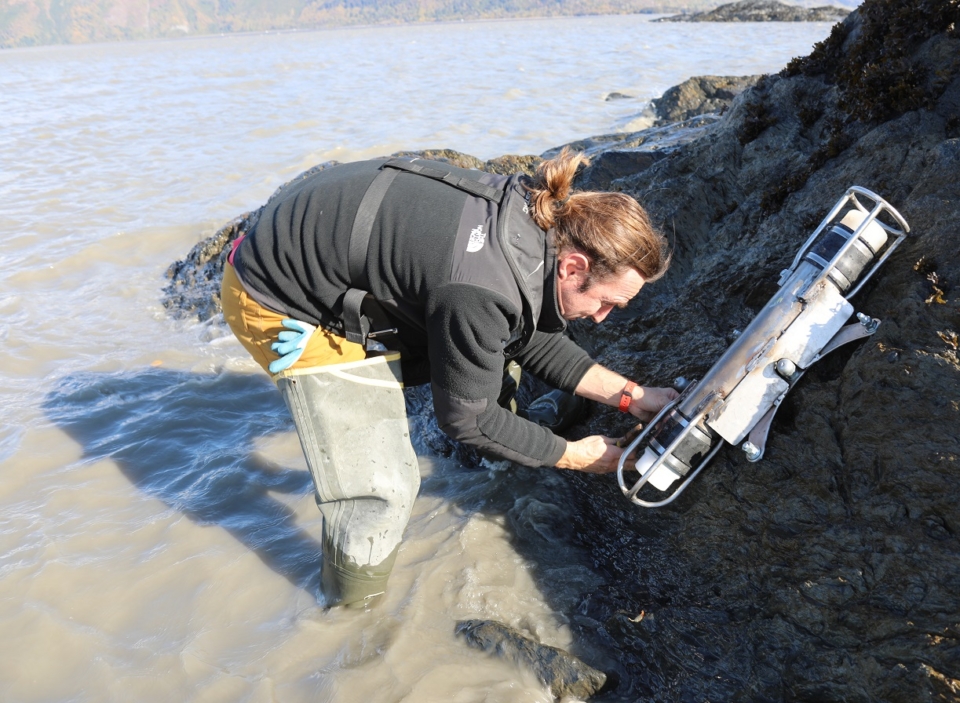
Surface markers are a major problem.
Storm waves and currents can drag the whole rig. The surface marker can be stolen, sometimes with the whole rig.
Ship propellers and trawls can cut the surface marker off.
This innovative rig in Alaska enables monitoring of belugas in a macro-tidal estuary with mobile sediment.
The integral acoustic release aims to avoid some/most of these risks
Storms
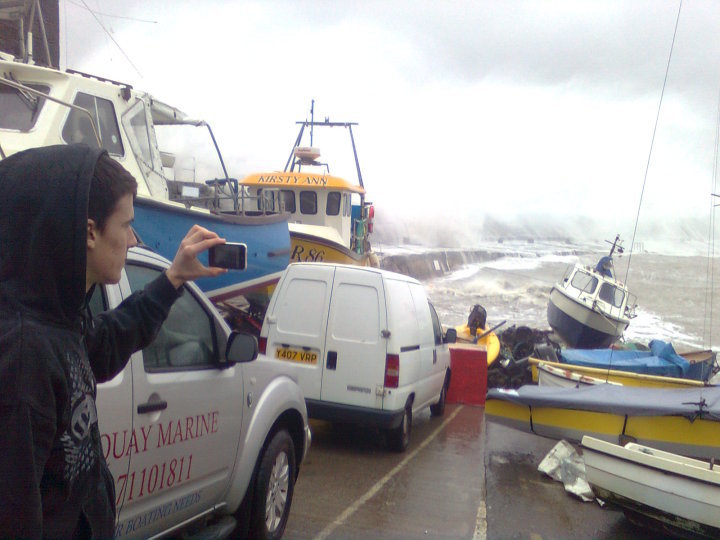
This major storm in the Irish Sea hit 36 C-POD moorings in 12m of water, but only moved one of them.
They were the basic 'elastic' mooring design with two small surface buoys each, and two weights on the sea bed. This allows the rig to 'stretch' with each wave and recover between waves.
Trawling
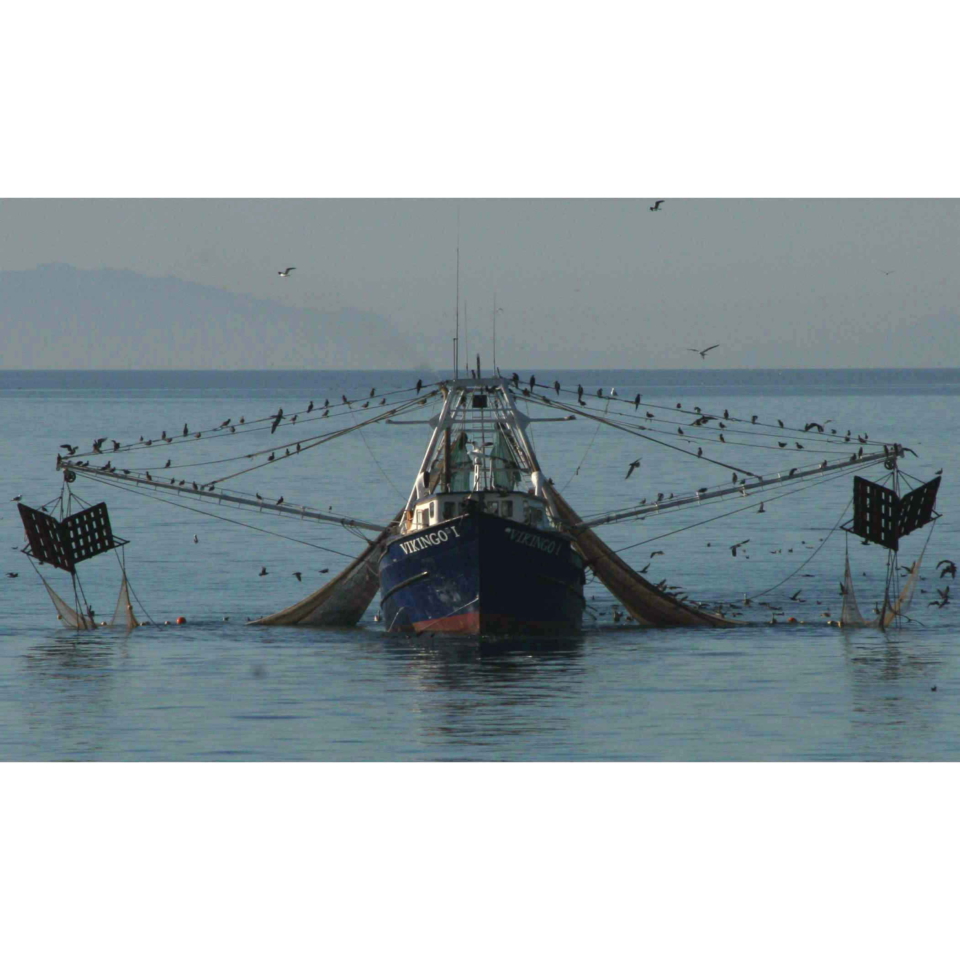
Bottom trawls can be heavy and very powerful. Trawl resistant moorings are heavy and expensive to use.
Acoustic releases do not solve the trawling problem unless the anchor and POD can be placed where trawlers cannot trawl e.g. on very rough ground or close to wreck adjacent to the habitat of interest.
Sand movement
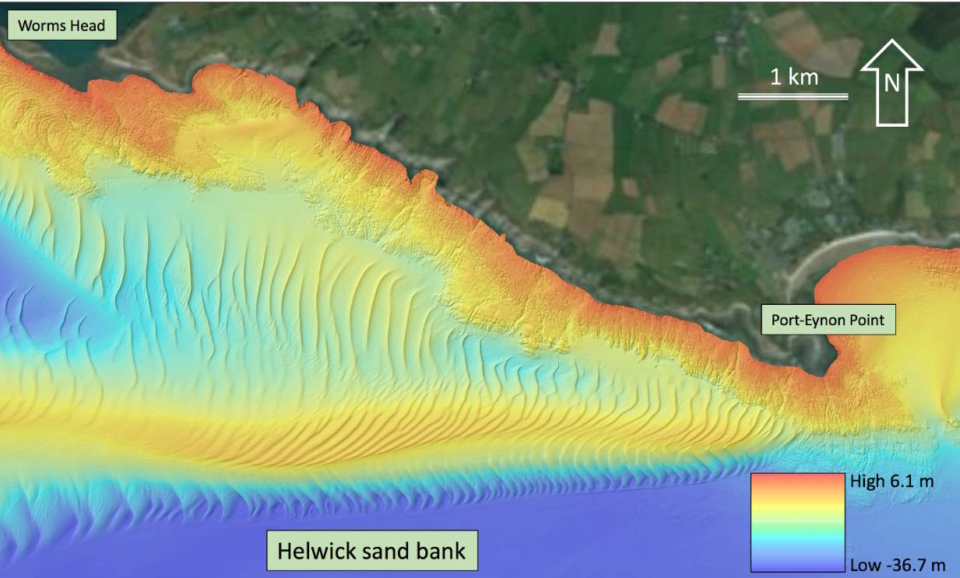
Sandy sea beds always move sometimes - if they don't move they become a more muddy substrate.
In some locations sand waves move slowly in one direction. In others they oscillate in response to tidal cycles, or move in reponse to wind driven currents.
They can bury a rigg too deep to lift.
Diver servicing
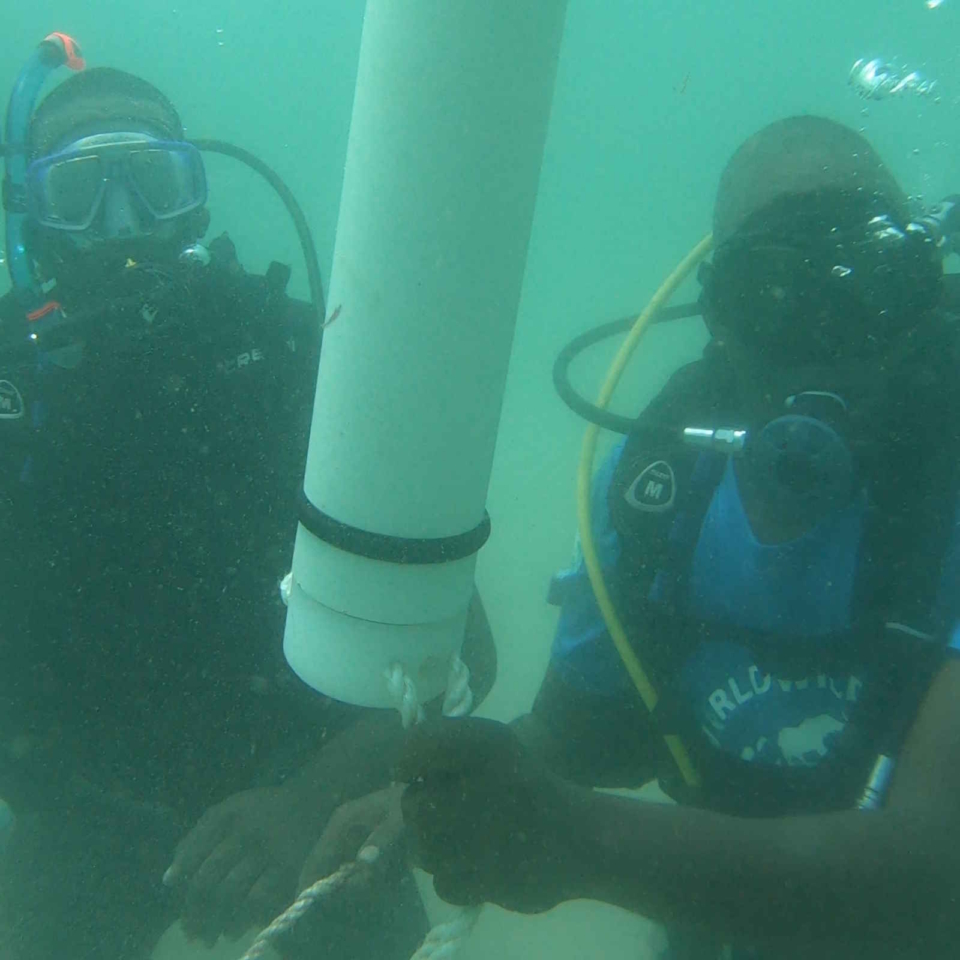
Divers - here in Malindi National Park, Kenya - can manage otherwise very difficult sites - such as on wrecks - where other methods may suffer from their lack of precision in the placement of the POD.
Acoustic release
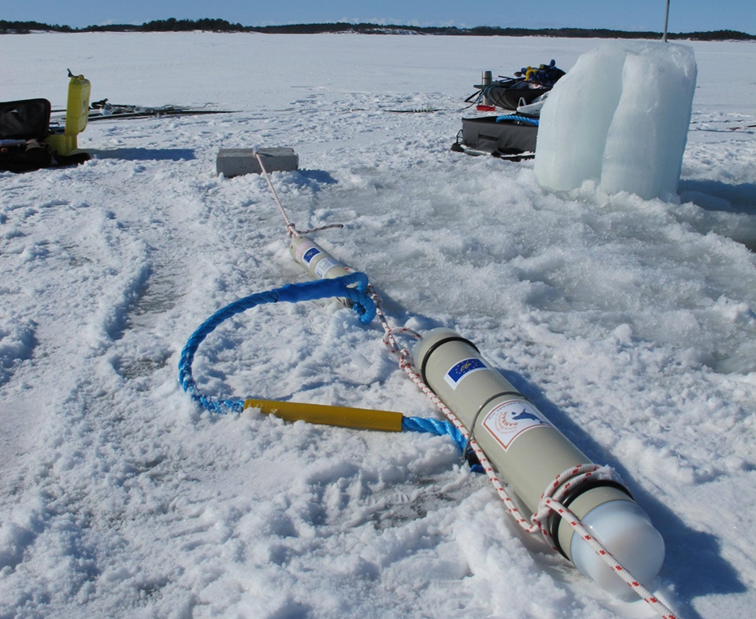
An acoustic release of any sort can remove the risk of theft, and greatly reduce the risk of storms and currents which can exert a big pull on a long surface line.
Here, in Finland, an acoustic release enables the POD to be deployed through a hole in the winter ice and recovered after the ice has melted.
If a site on rocky ground that is not trawled is possible, the risk of losing the rig falls greatly.
More diverse sampling can be achieved if the site can be on the edge of a rocky area and close to another type of sea bed.
Carbon cost
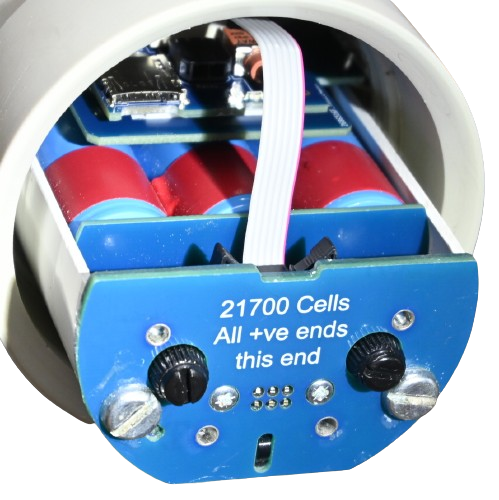
The servicing vessel generally contributes more CO2 emissions than everything else, but in line transect surveys this cost is typically much bigger.
Deployment with an acoustic release means smaller vessels are adequate as there is no heavy anchor to lift.
Longer running times reduce servicing trips so a 1-year / alternate minute logging / rechargeable lithium batteries / integral acoustic release deployment is a game-changer!
Towing PODs
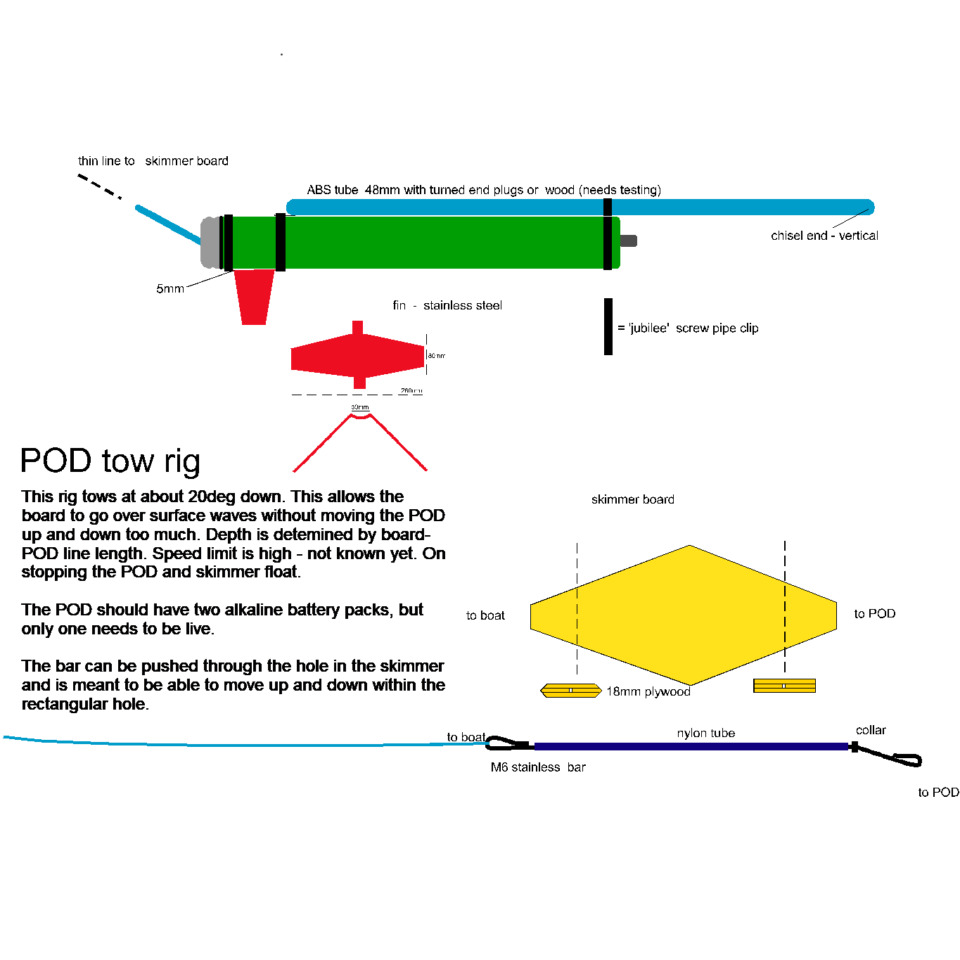
It is possible to tow a POD behind a vessel at quite high speed and collect data.
There are big problems:
1. A near-surface line is needed between the vessel and the 'skimmer board'
2. Cetaceans react strongly to boats, typically turning away so they become undetectable. They may only turn back towards the trackline 200+ m behind to boat.
3. The extent of this reaction is affected by the level of habitation to boats. Dolphins may follow the F-POD!
These factors make it difficult to get unbiassed data for quantitative studies.